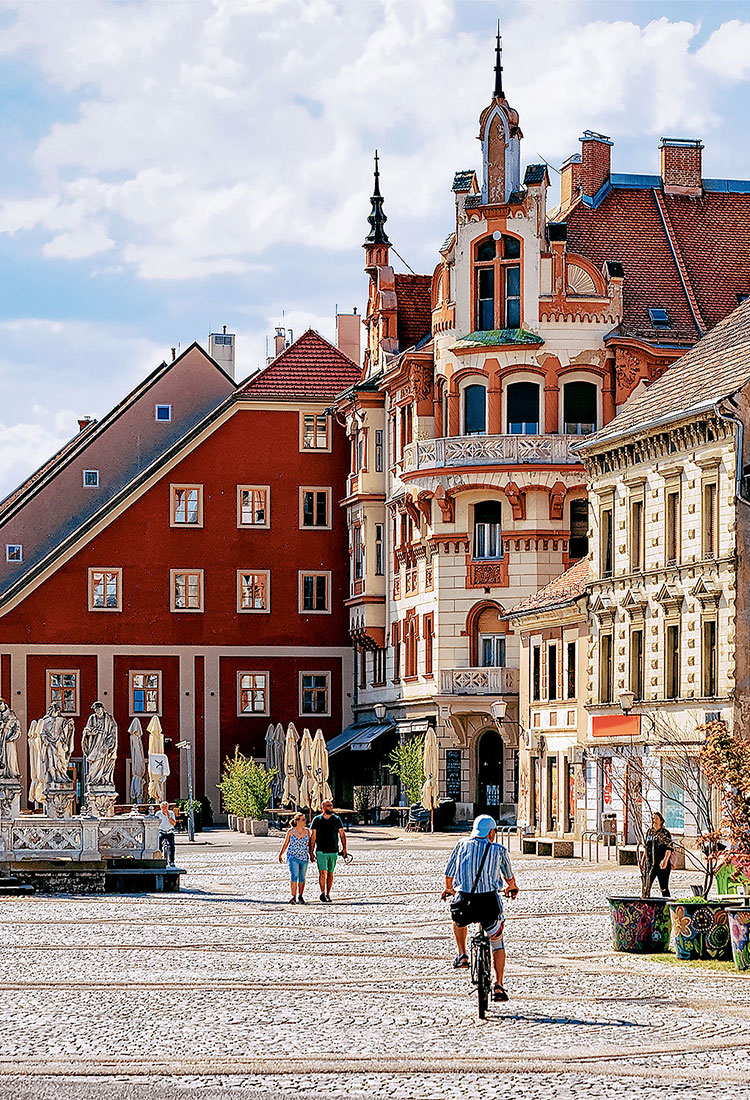Some countries are blessed with seemingly endless coastlines — take Canada’s 125,567 miles, the longest of any country in the world, for example. On the other side of the coin, there are 44 landlocked nations with no coastline to speak of. Historically, direct access to the sea has been economically advantageous, which may explain why the lucky nations that do lay claim to ocean frontage make the most of it — no matter how small. Take a look at the 10 countries with the shortest coastlines in the world.
10. Niue – 39.8 Miles

As one of the smallest countries on Earth, the tiny island nation of Niue unsurprisingly also has one of the world’s shortest coastlines. Located 1,340 miles northeast of New Zealand, the atoll maintains 39.8 miles of shoreline, much of which consists of steep, stunning limestone cliffs. At only 200 feet above sea level, Niue is a coral island, which means it was naturally built from the skeletons of corals over time. As a result, the coastline of Niue is particularly distinctive, with rocky coves, limestone caves, and empty beaches that make it an exotic playground for anyone willing to travel the distance. Popular island activities include snorkeling and diving in the surrounding turquoise waters and watching the humpback whale migration between the months of July and October.
9. Iraq – 36 Miles
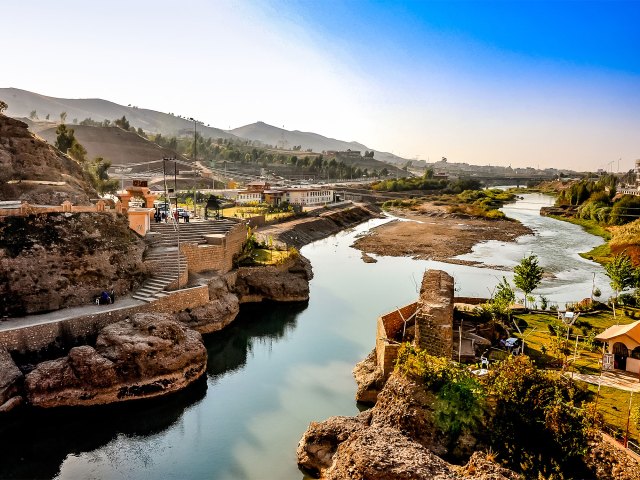
Iraq’s landscape consists largely of harsh desert and uninhabitable mountains, which means much of the population lives in Al-Jazirah, also known as “the island.” This fertile region located between the Tigris and the Euphrates rivers was the site of ancient Mesopotamia. The two rivers flow south to the Persian Gulf, where Iraq claims 36 miles of shoreline. Access to this body of water has played an important role in both Iraq’s history and economy, as the Persian Gulf has extensive oil resources and is home to the world’s largest offshore oil field. The borders of Iraq were drawn by France and Great Britain after World War I, which resulted in tension around Iraq’s water access. Coastal boundary issues along the Persian Gulf have led to territorial disputes with neighboring Kuwait over accessibility to the gulf and its significant oil production.
8. Togo – 34.8 Miles
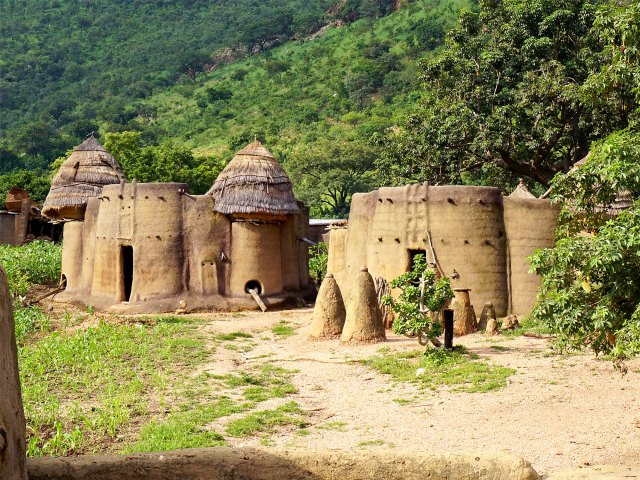
A sliver of a country sandwiched between Ghana and Benin on Africa’s western coast, the nation of Togo has 34.8 miles of land along the Atlantic seaboard. The capital city of Lomé is situated upon this coastline, and the port city is often filled with Togolese fishermen selling their catches of the day alongside white-sand beaches and palm trees. Other coastal communities spread along the seashore, including a fishing village called Agebkope, which has been subject to strong coastal erosion. As a result, Togo received funds fom the World Bank to fix the shoreline’s sand dunes and to build seawalls to protect the coastal communities.
7. Slovenia – 29 Miles

It seems like Slovenia has it all — ski resorts, medieval castles, hot springs, and gorgeous beaches along the Adriatic Sea. Despite the fact that its coastline stretches just 29 miles, the area is home to three seaside towns: Koper, Izola, and Piran. Slovenia’s coast has something for everyone, which is why it’s most often bustling from May to September. As the largest of the three, Koper is a port town that is also home to medieval churches and an old European square. Four miles from Koper is the fishing port of Izola, filled with excellent restaurants and lively bars. But the town of Piran is by far the most popular, featuring an extremely well-preserved Old Town filled with Venetian Gothic architecture. To get away from the hustle and bustle, trek to Moon Bay, a crescent-shaped pebble beach that offers dramatic views of the coast.
6. Democratic Republic of the Congo – 23 Miles
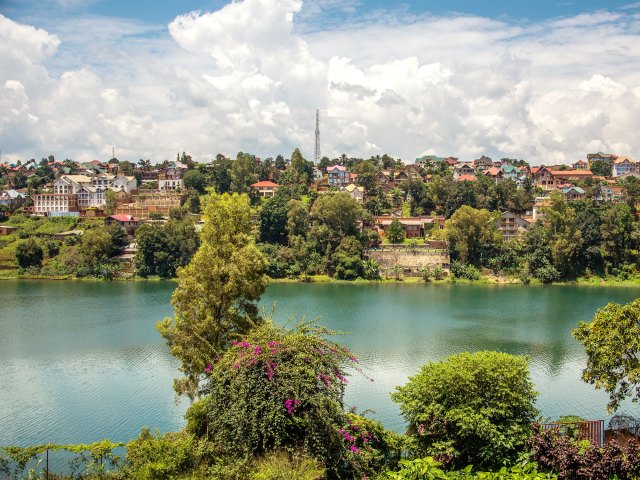
Located in Central Africa, the Democratic Republic of the Congo is the second-largest country on the continent, with a whopping 905,400 square miles of land area. In contrast, its coastal frontage is quite small, stretching only 23 miles along the Atlantic Ocean. Despite its diminutive coastline, this area of the Congo is home to a rich and diverse ecosystem. The Congo River meets the Atlantic seaboard at a point called Banana, a small port and a one-time colonial settlement located adjacent to a protected mangrove forest. Turtles are frequently spotted on the beaches there, while Mangroves National Park is home to parrots, hippos, and crocodiles. Further down the coast is the popular tourist town of Muanda.
5. Nauru – 18.7 Miles

Just 25 miles south of the Equator lies the island of Nauru, a small, rocky outcrop in the southeastern Pacific Ocean. Measuring 18.7 miles in circumference, the island nation was once home to a lush plateau, filled with palm trees and greenery, and peacefully inhabited by the indigenous Nauruan peoples. After the island nation was discovered by sailors in 1798, it was mined for phosphate. As a result of excessive mining, the island’s interior was ravaged and remains barren to this day, although the shoreline is largely unchanged. Surrounded by coral reefs, the island’s seacoast is filled with jagged rocks that are most often seen at low tide, with white sand beaches that line the perimeter. Although Nauru isn’t a particularly popular tourist destination, it does attract diving enthusiasts, who come to explore a large underwater cavern nearly 100 feet below sea level.
4. Jordan – 16.2 Miles
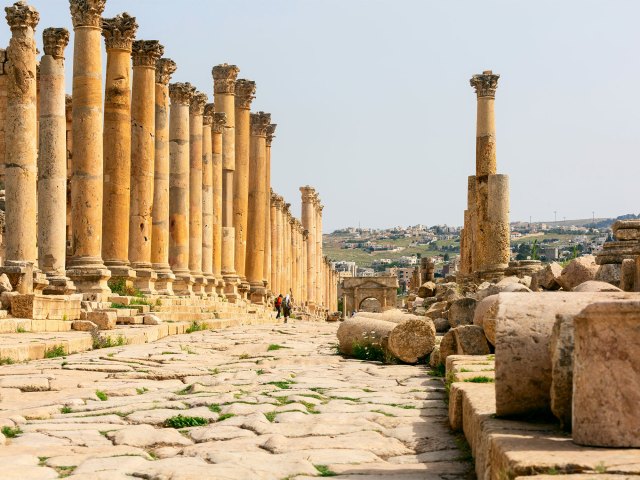
In addition to having access to the Dead Sea, the country of Jordan also boasts ocean frontage on the equally remarkable Red Sea. With 16.2 miles of shoreline along the Gulf of Aqaba — an inlet of the Red Sea that also borders Israel, Egypt, and Saudi Arabia — Jordan makes the most of every mile. The port town of Aqaba attracts tourists and locals alike, with activities such as glass bottom boats, snorkeling trips, and plenty of beach resorts for lounging. And while Aqaba is a favorite spot for windsurfing, it is even more renowned for diving. With dive centers dotted across the 16 miles of shoreline, divers from around the world flock to this small stretch of coastline to access the Gulf of Aqaba’s warm waters and pristine reefs.
3. Tuvalu – 15 Miles
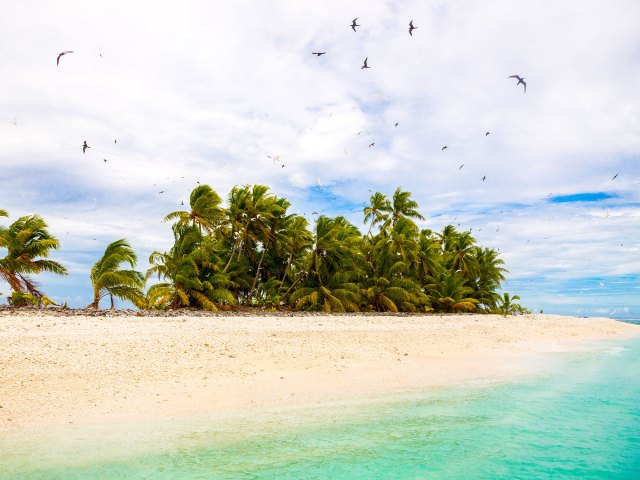
The nation of Tuvalu consists of three reef islands and six atolls that add up to 10 square miles of land and 15 miles of coastline. During World War II, American troops were stationed on Tuvalu and erected air force bases along the coast. Today, visitors to the island nation can still view the wreck of a landing craft off the coast of Nanumea. Despite its history, most people visit Tuvalu to gain access to the Funafuti Marine Conservation, which consists of 33 square miles of protected reef, lagoon, and islets on the western side of the Funafuti atoll. Accessible only by boat, visitors to the conservation area can snorkel through Funafuti’s clear waters to see an abundance of fish and underwater creatures in this tropical paradise.
2. Bosnia and Herzegovina – 12.4 Miles

At a quick glance, Bosnia and Herzegovina may appear landlocked, without access to the nearby Adriatic Sea. But upon closer inspection, one will notice a tiny section of shoreline wedged in between Croatia’s long coast. This small sliver of coastline is called the Neum Corridor, and it consists of white sand beaches and red-roofed buildings against a beautiful hilly backdrop. The story behind this stretch of land goes back to 1699, when Croatia granted it to the Ottoman Empire to create a buffer against a potential Venetian attack of the Croatian city of Dubrovnik. In 1991, when Yugoslavia was being divided into independent countries, Bosnia (once a province of the Ottoman Empire) staked its claim to the corridor. These 12.4 miles separate Dubrovnik from the rest of the country, which is why Croatia is building a bridge to bypass the Bosnian coast.
1. Monaco – 2.5 Miles
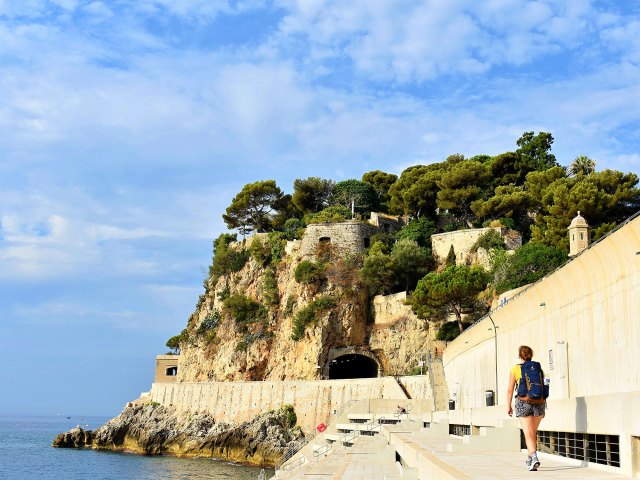
With less than one square mile of land, it probably doesn’t come as much surprise that Monaco has the shortest coastline in the world. Situated between France and Italy, Monaco has a mere 2.5 miles of coastline along a world-famous section of the Mediterranean called the French Riviera. Known for its glitz, glamour, and enormous wealth, the tiny city-state is home to over 12,000 millionaires. And since it’s where the wealthy go to play, Monaco’s harbors are littered with magnificent sailboats and superyachts, while the small local beach is packed with stylish beach-goers. But Monaco’s short shoreline has become so congested that the country is undergoing a billion-dollar project to artificially extend it by 15 acres, with the hopes of adding a park, promenade, and marina.
More from our network
Daily Passport is part of Inbox Studio, which publishes content that uplifts, informs, and inspires.






